- Mouse teeth
- Species of rodents
- The difference between mice and other animals
- Mouse life
- Mouse species
The mouse family is the most numerous detachment of mammals. In the world there are more than 300 species, 1,500 species. Among them are herbivores, omnivores. Some breeds of mice were bred artificially as a pet. Mice are widespread throughout the continent.except Antarctica. No rodents high in the mountains. How many live in Russia - about 13. Representatives of different types of mice differ in size, color.
Mouse shape
It is difficult to find a person who does not know who such a mouse is. Some representatives of the mouse species live in the neighborhood, annoy with their presence, damage products, things, furniture, and interior items. Small mice often become cartoon characters for children. And some animal lovers keep them in a cage as a pet.
Mouse Description:
- elongated body;
- long thin tail, in different species is 70-120% of the body length;
- a small head with an elongated or dull muzzle;
- barely noticeable or large round ears;
- small keen eyes-beads;
- a small pink nose;
- hind legs have an extended foot, provide the animal with jumping ability, allow it to rise up, resting on its hind legs;
- the forelegs are small.
Interesting!
A feature of any type of mouse is the presence of long teeth in the center of the upper, lower jaw. They grow all their lives, daily increasing by 2 mm. So that the teeth do not grow to unrealistic sizes, the animal constantly grinds. A photo of a mouse with beautiful teeth is presented below.
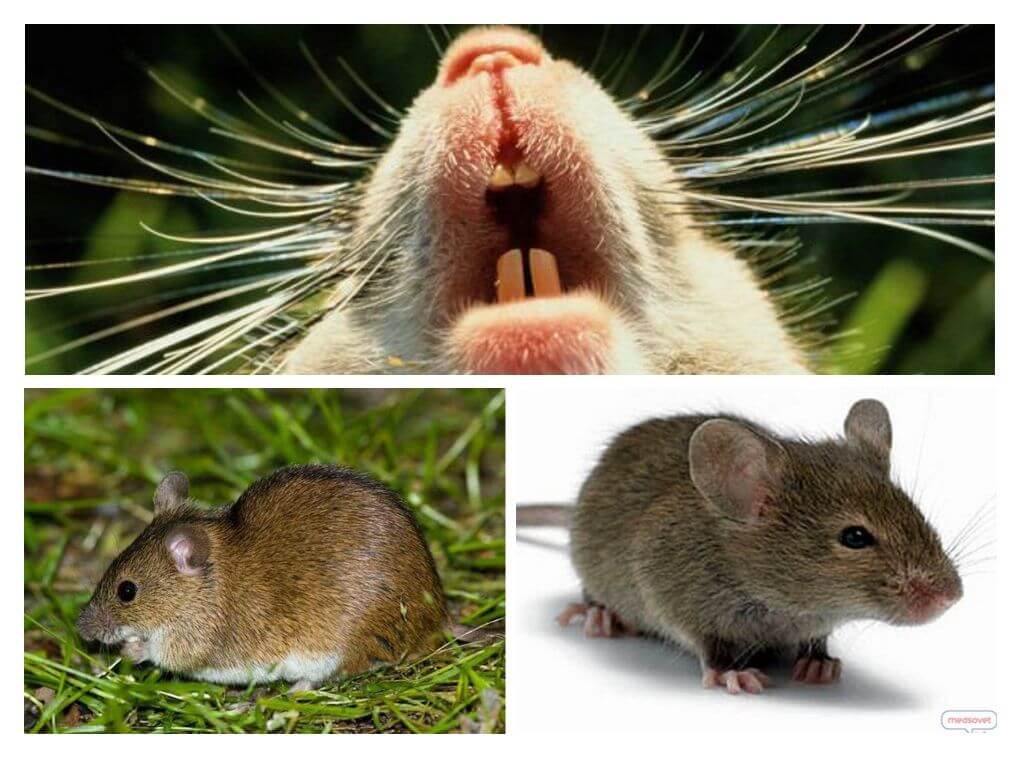
Wool and color features
The body of the mouse is covered with stiff hair. The length of hairs in each species of mice is different, but always lies smoothly on the surface of the skin. There are no fluffy mice.
Color - the most different. The wild mouse is found in gray, ginger, brown, buffy, black. In the wild, but more often in laboratory conditions, you get a white mouse with red eyes, a nose - an albino. The color of decorative mice is impressive in variety - blue, yellow, orange, smoky, etc. The abdomen, sides are always lighter than the back, even contains white hairs of wool.
On a note!
The main difference between wild mouse and brownie is the presence of a strip of light, dark color on the back.
In some breeds, the entire back is painted with vertical stripes. Below is the mouse in the photo - you can remember or find out how the animal looks.
Dimensions, parameters
The mouse - rodent belongs to small representatives of the family. Mouse structure different species are similar to each other. The maximum body length for representatives of our area is 13 cm, excluding the tail. The average body size is 9 cm.
Genetic abilities in relation to weight - 50 g. The maximum indicator that a pet is able to achieve, provided with good nutrition, appropriate living conditions. In the wild, the average mouse weight is 20 g. Below is the mouse in the photo relative to other animals.
Squad of mouse
Mammal. Viviparous cubs. The female feeds the mice with milk for about a month. Each has 8 nipples. Pregnancy lasts about 25 days. After childbirth, the ability to conceive is restored after 9 days. In the litter from 1 to 12 cubs. The number of pregnancies per year is 3-5. There is a tendency to increase the rodent population once every 7 years.
Mice are born blind, toothless, naked. After a week, the teeth begin to grow, wool appears. After 20 days, incisors appear, the young growth switches to its own provision. A young female is ready for fertilization after 3 months of her life.
Features of the nutrition of mice
Peering into spoiled containers, furniture, household items, walls of the room, it seems that the mouse is omnivorous. Nibbles everything that gets caught on the go, even if it does not represent nutritional value. This brutal appetite is due to several aspects of her life:
- The mouse is forced to grind its front teeth constantly. Nibbles hard objects.
- The animal has an accelerated metabolism. Food is quickly digested, due to its high mobility energy is instantly consumed. For a day, an average rodent should eat 5 g of food, drink 20 ml of water.
- The mouse has this feature - to taste everything new, unknown.
Regarding food cravings, the mouse is a predator. But prefers plant foods. Protein replenishment is carried out by eating worms, insects, eggs, chicks. Herbivorous creature with great appetite eats helpless birds, drags eggs from nests. Then he equips himself with housing in this place.
A herbivorous mouse nibbles seeds, the green part of plants. With a lack of fluid, it eats berries, fruits, vegetables. Prefers grain, cereals, seeds, flour.
On a note!
Having settled in a person’s housing, the mouse eats everything. Sausage, cheese, meat, lard, chips, beer, cookies, sweets. As well as soap, napkins, books, toilet paper, newspapers, plastic bags, bags, etc.
Life features
The fearful nature of the rodent is not at all connected with a cowardly disposition. A small animal is forced to behave cautiously, as it has plenty of enemies.
The mouse in the wild is trained in different skills - it crawls, swims, digs the ground, and some species even fly. Such an existence allows rodents to overcome obstacles, adapt to new conditions, and get their own food everywhere.
The mouse arranges housing in the earth, tearing out complex labyrinths, on trees, in old hollows, bird nests, under stones. Once in the man’s house, settles down under the floor, in the attic, between the walls. Activates activity in the dark. He tries not to go a long distance from the nest, the hole.
Interesting!
Most species of mice live in packs. A whole hierarchy is being built with the leader male, several dominant females. Each individual is assigned a territory where she can get her own food. Saki together raise, raise offspring, but after their "coming of age" amicably expelled from the family for an independent life.
Mice hibernate in several places:
- burrows deep in the earth;
- haystacks on the field;
- in barns, warehouses, outbuildings, barns, a person’s house.
Rodents that remain for the winter in the field, harvest food supplies. There are several chambers in the hole where the mouse drags everything that is of value to it and save it from starvation.
The natural enemies of mice are reptiles, wild animals, hedgehogs, large birds, dogs, cats. Since in our area the reptile is not as widespread as in warm countries, predators from this genus are snakes, some species of snakes.
In nature, a living mouse exists for only 1 year. Such a short period is associated with a large number of enemies, natural disasters. Genetically laid mouse life span about 5 years. In artificial conditions can live about 3 years. The lab survived to 7.
Types and varieties of mice
Mice of various species differ in size, color and habitat. Knowing the features of each species, you can easily distinguish between them.
Mouse baby
The smallest rodent in the world. An adult animal is quietly placed in the palm of a child. The body length does not exceed 7 cm, the tail is almost the same. Rodent builds nests from twigs in the grass. The mouse climbs trees well, its tenacious paws with sharp claws and a twisted tail help it. It remains active even in winter, tolerates cold well.
The body color is close to red, it is also called the yellow mouse. The hair on the abdomen, muzzle, tips of the ears is almost white. Baby mouse harms garden crops, trees, crops. Distributed in Yakutia, England, in the Caucasus. The herbivorous creature, but occasionally eats small bugs, worms.
Forest mouse
The names of the mice are often associated with the habitat. Forest mouse lives at the edge of the forest. Body length reaches 10 cm, weight 20 g. The tail is about 7 cm. It is characterized by a sharp muzzle, red, brown, even black. The main difference is the size of the ears. The mouse with big ears became the prototype of the cartoon character - Mickey Mouse. Round big ears are a feature of the forest mouse.
The mouse lives in holes, or high on trees. He climbs well, runs fast. Winters in a hole located at a depth of about 2 m. In winter, it comes out with the onset of the thaw. It is a harmless creature for a person until it approaches its vegetable gardens, gardens, fields.
Gerbil
In our area, the rodent came from the United States. It was brought for laboratory research, quickly spread as a pet. A mouse smell is unpleasant for a gerbil. In appearance - a cute, attractive creature. It has several varieties. In our area, a dwarf, Mongolian mouse is common. In the world there are about 100 subspecies of gerbil.
The abdomen is almost white, the back is brown-red with black hairs. In the center along the back is a bright black stripe. Small round ears, pink nose, blunt muzzle, more than other types of eyes. The mouse with a brush on the tail has become one of the most beloved pets.
Steppe mouse
It looks like a gerbil. Lives in the fields in the wild. Damage to agriculture. Body length about 7 cm. A distinctive feature is a long tail, which exceeds the size of the body by 1/3. A mouse with a long tail builds holes in the ground, making substantial reserves for the winter. He loves cereal fields, bushes near ponds, rivers. For a prosperous living, as well as for a forest mouse, a thick grass cover and overgrown shrubs are required. In winter harvest mouse more active than other relatives. Often in the snow you can see traces of this mouse. The same species may be called a vole.
House mouse
The most common rodent. It causes a squeamish attitude, the desire to slam, rather get rid of it. With the onset of cold weather, a gray mouse approaches a person’s housing. It even gets into apartments of multi-storey buildings on the upper floors. It delivers a lot of inconvenience with its presence, spoils food supplies, nibbles things, furniture, and interior items. As well as electrical wiring, wires in the car, foam walls.
Body length about 6 cm. Small round ears, elongated muzzle, tail slightly shorter than trunk length. Body color is gray with different shades. It is also called gray-humped. One type of brownie is a black mouse.
White mouse
It occurs in nature in any species of the genus. Due to weak genetic data, the hair villi become uniform white in color. Eyes turn red. Albino mice are more common in the walls of the laboratory. It also turned out to breed a breed of white mice with normal black eyes, but light hair. One of the most common breeds among all pets.
A huge variety of mouse representatives covers all points of the globe, the emergence of the genus goes back to the distant past. A unique animal that man destroys in every possible way, and the mouse remains alive.
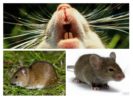
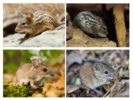
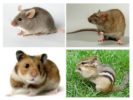
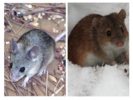
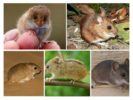
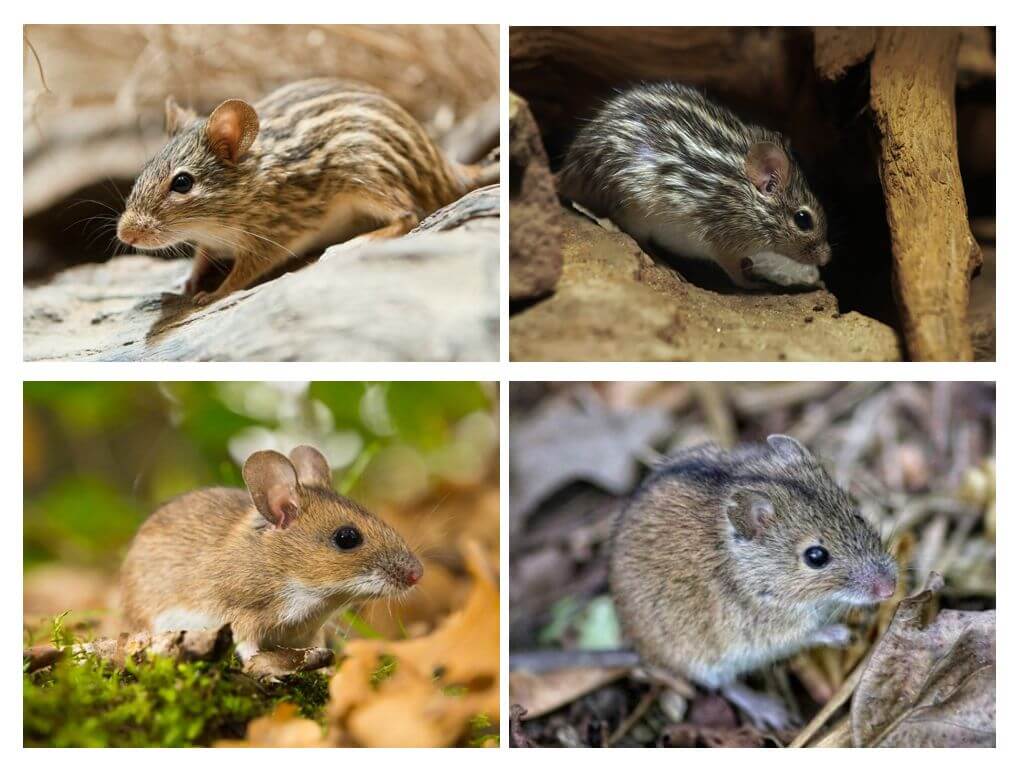
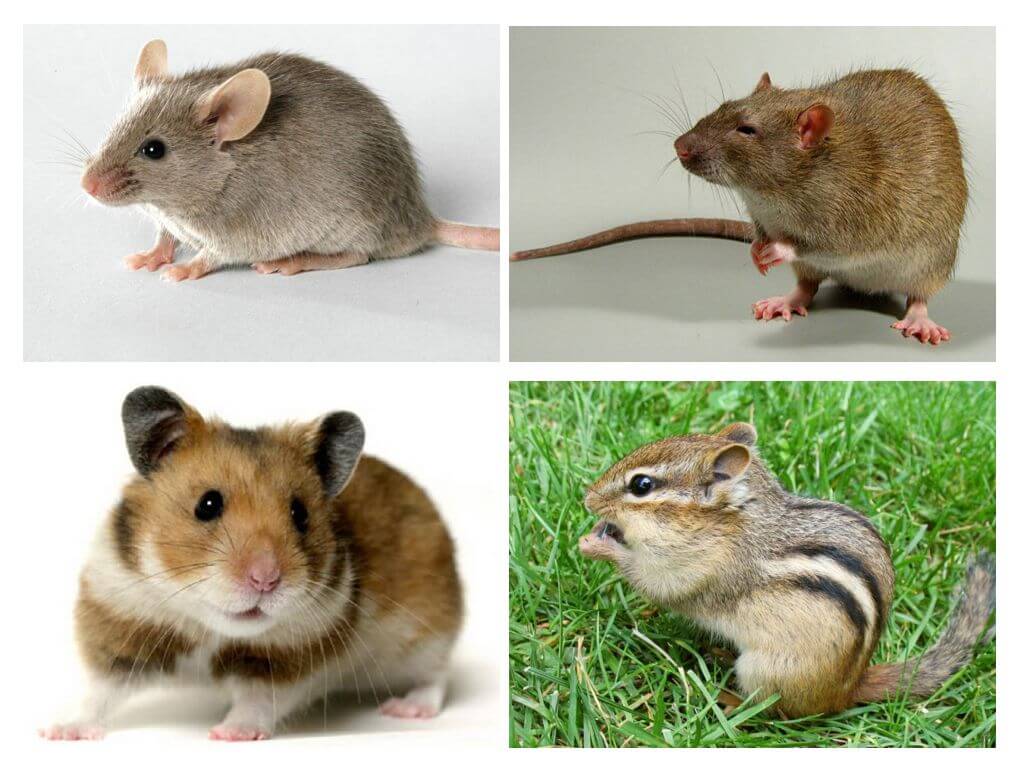
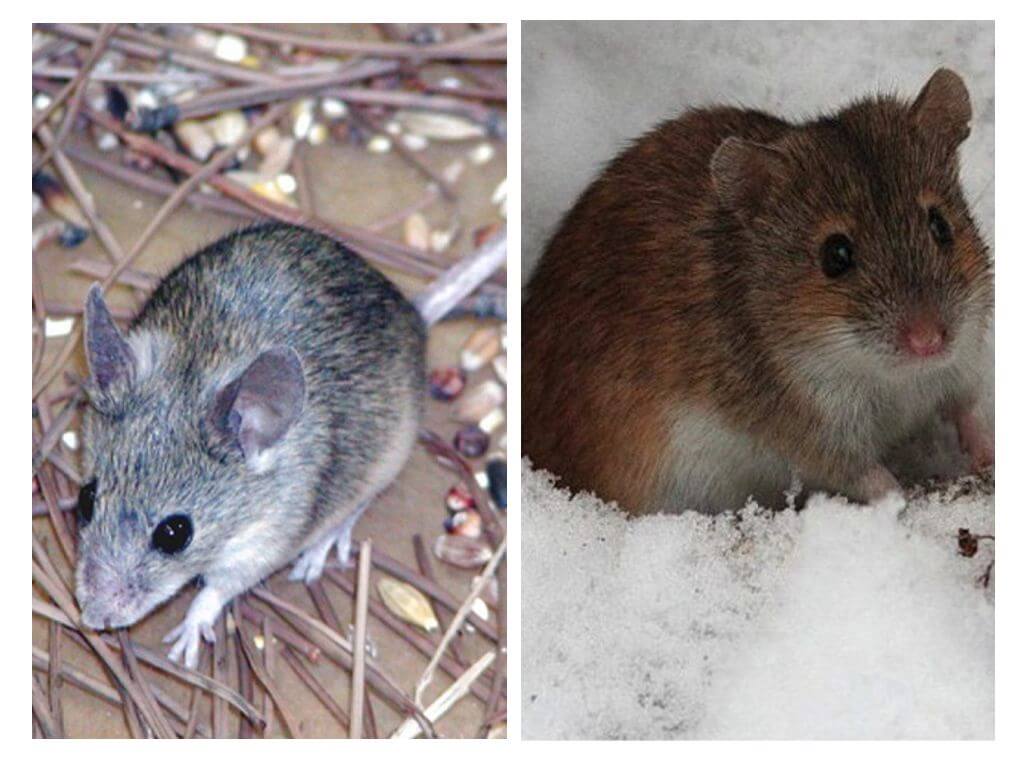
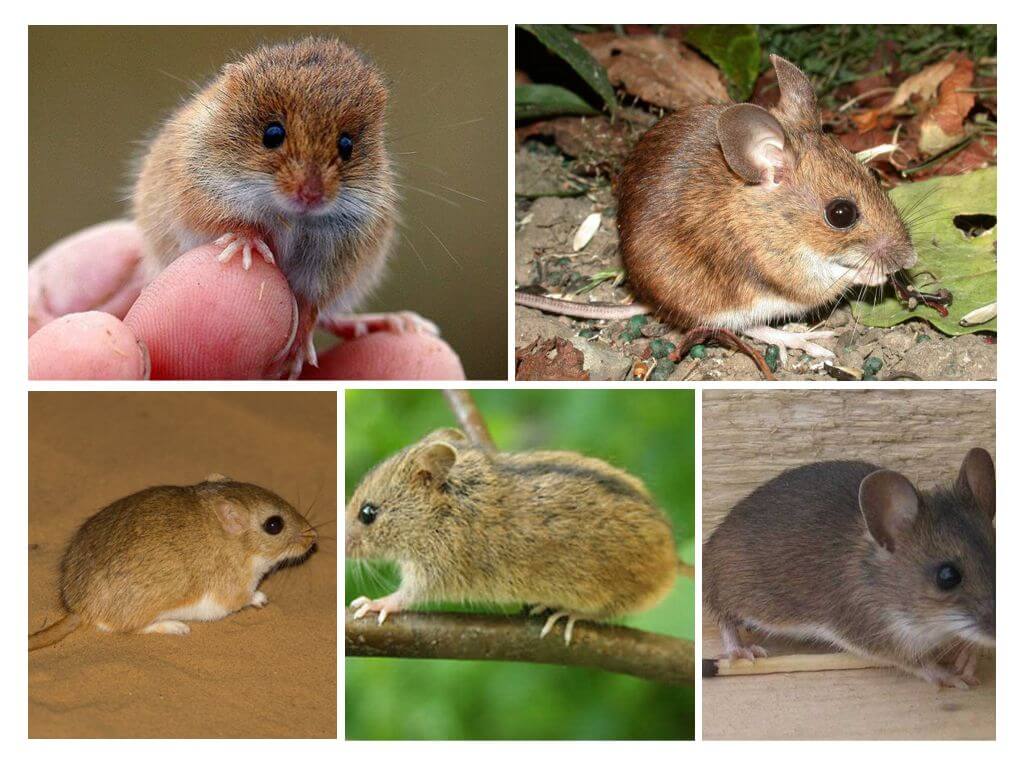
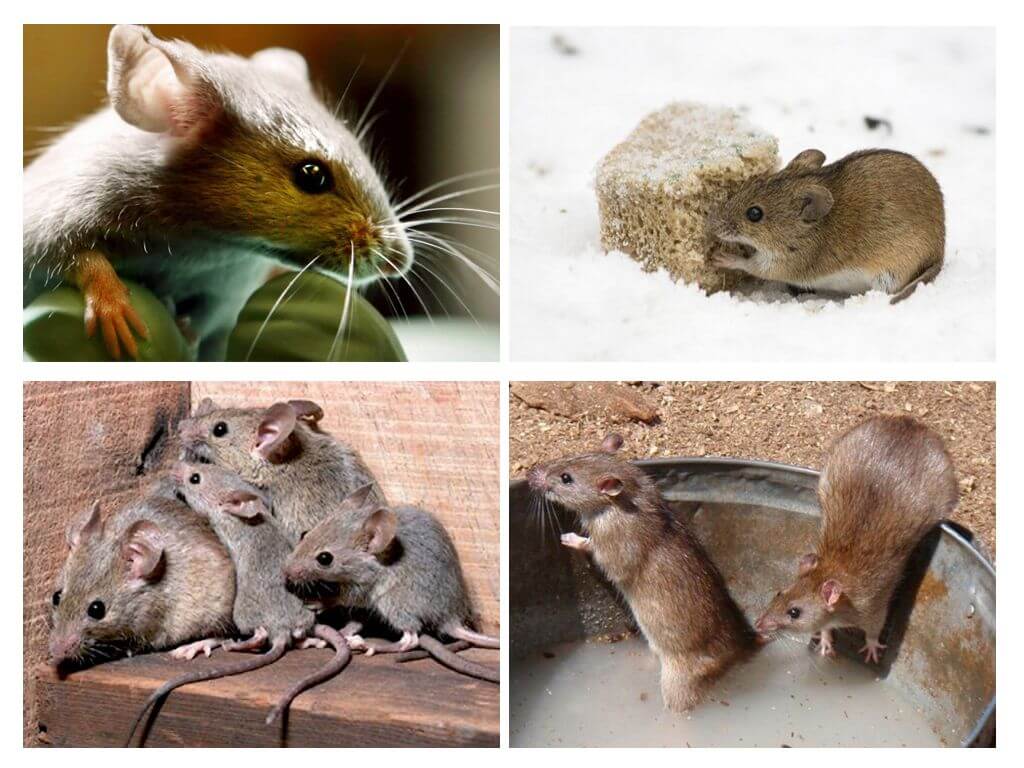
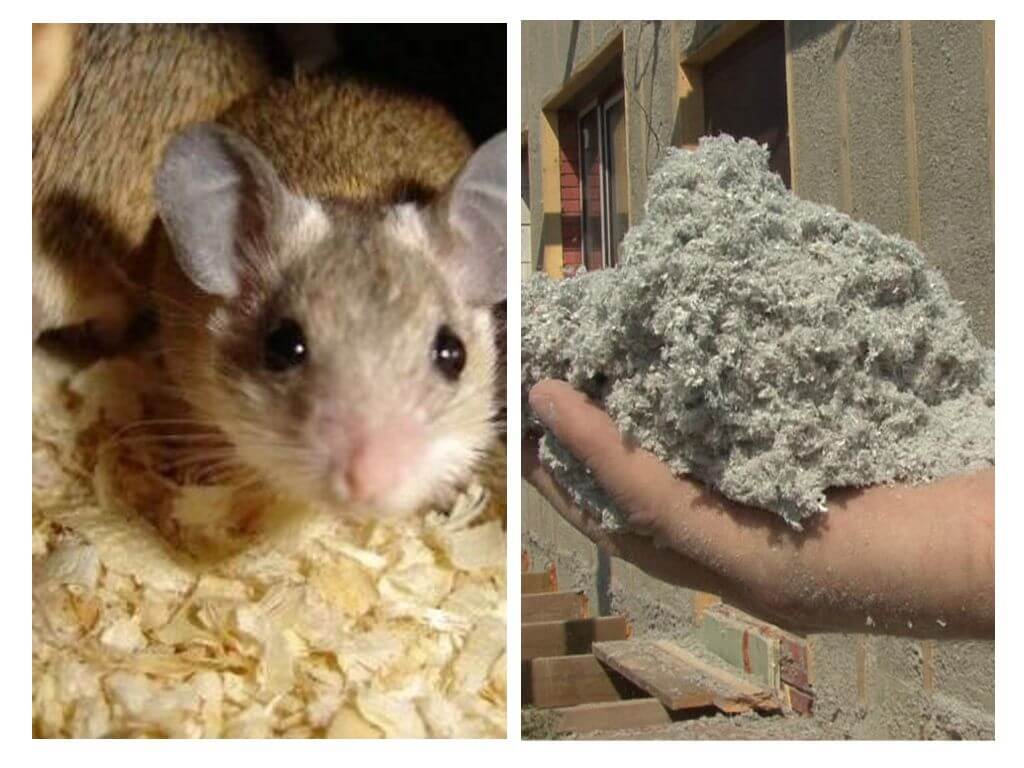
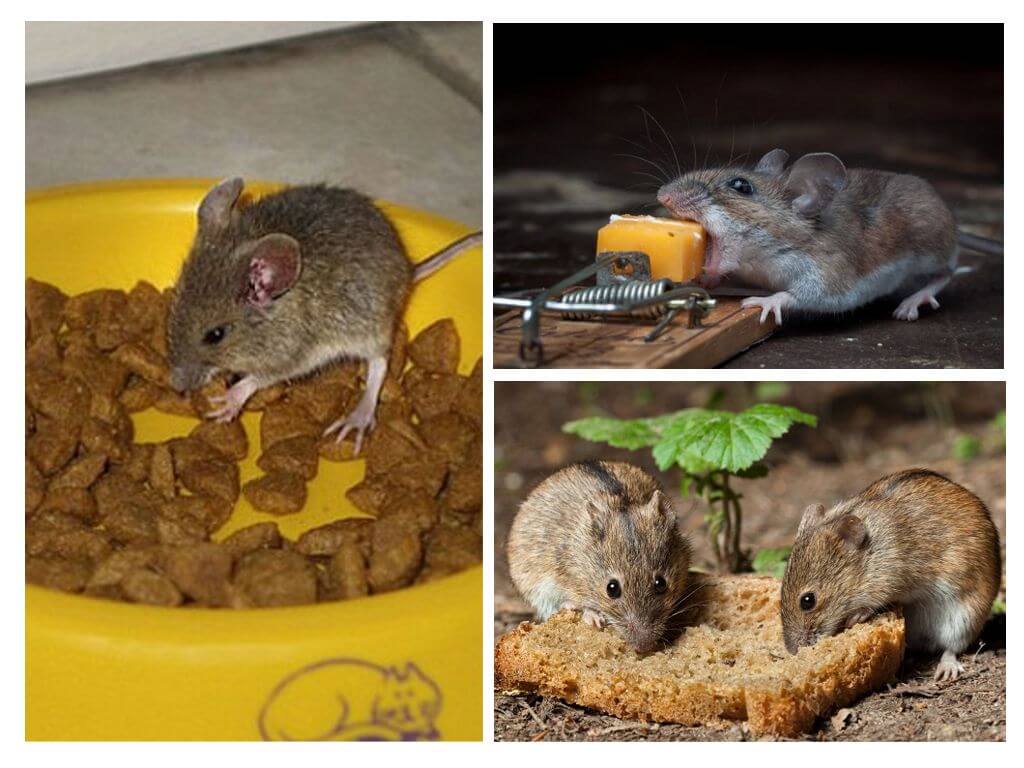
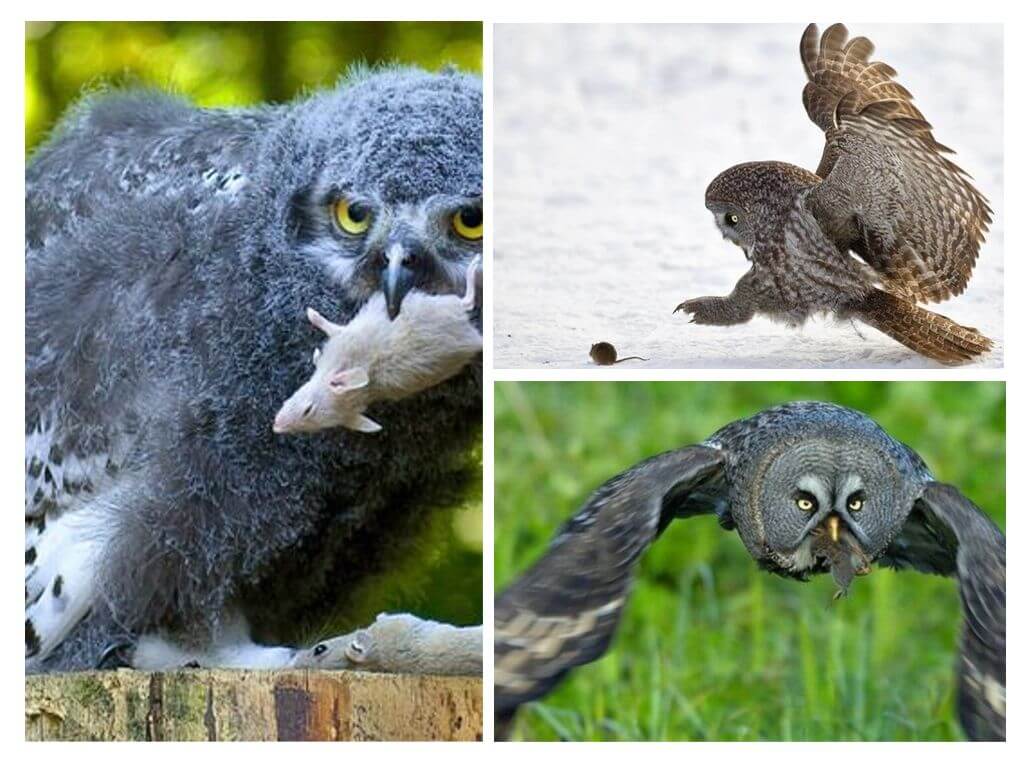
My mice cause discomfort only gray, domestic. I can’t stand this smell, but it’s a pity to kill. I struggle with them in a natural way - I got a cat.
I have a white mouse. Very funny creature. I love her cutie.
My mouse lives in a cage, my girlfriend. I live by myself. I come from the university, she sits at me with clever eyes, looks, asks for pens. Animals are smart, loyal and affectionate.
I would have got a gerbil. It looks like a nice animal, a smart look. More like a hamster than the usual "gray monster."
I had a white mouse. Probably died of old age. Sorry. I am looking for a replacement. Parents laugh, they say, let's catch for free, put in a cage. I'm afraid of these, but I love decorative ones.
Gray mice are smart too. Just see how they trap traps bypass and do not eat poison. I lived in a cage for a long time. The cat got to her.
I think the most useful forest mouse. It’s far from human land, it’s not trying to get into a house. If only most people did not get it. It’s a normal forest resident. And I saw footprints in the snow. Interesting. Similar to a squirrel, only small.
I would have made a baby for myself. Such interesting, red-haired and cool tail.
You can go to the Caucasus for a baby. Nobody needs them for free there, they don’t know how to get rid of such goods. In appearance, such a harmless one, the gardens themselves are only so destroyed.